In this braided catheter pattern, one single wire alternately passes under, then over another single wire. These wires rotate in opposite directions. Note, a braid machine operating in this configuration runs at 50% capacity also known as a “half-load”. This pattern is easiest to remove from core without increasing braid thickness. Best distance between picks for extruding adhesion. Most recommended pattern to use.
This is the primary braided catheter pattern used for medical devices: 16 carrier braider in a half load, then 32 carrier in a half load, after that its function specific as to the number of carriers and load pattern. Primary material used is flat wire to help reduce overall wall thickness of the device. The braided structure of a medical device usually has at least three different PPI segments to allow it to be guided and turned.
Burst strength will be affected by load and braid angle. Diamond half load and a 45 degree braid angle offer highest integrity.
In the diamond braided catheter pattern, two wires side by side alternately pass under two wires, then over two wires. These wires rotate in opposite directions. Note, a braid machine operating in this configuration runs at full carrier capacity. Wires side by side tend to bind up against each other when taking off the core, thus increasing braid thickness.
If you’re looking for torqueability, kink resistance or full coverage you would use the Diamond full load braided catheter pattern and round wire material.
In this braided catheter pattern, one single wire under two, then over two wires. These wires rotate in opposite directions. Note, a braid machine operating in this configuration runs at 100% carrier capacity. Most proficient braid linear throughput.
If you’re looking for flexibility, pushability or to maximize energy dispersion then full load braided catheter pattern would be used with flat wire material. Full load pattern also has the benefit of braiding twice as fast as Diamond or half load due to the twice the density of the braid.





